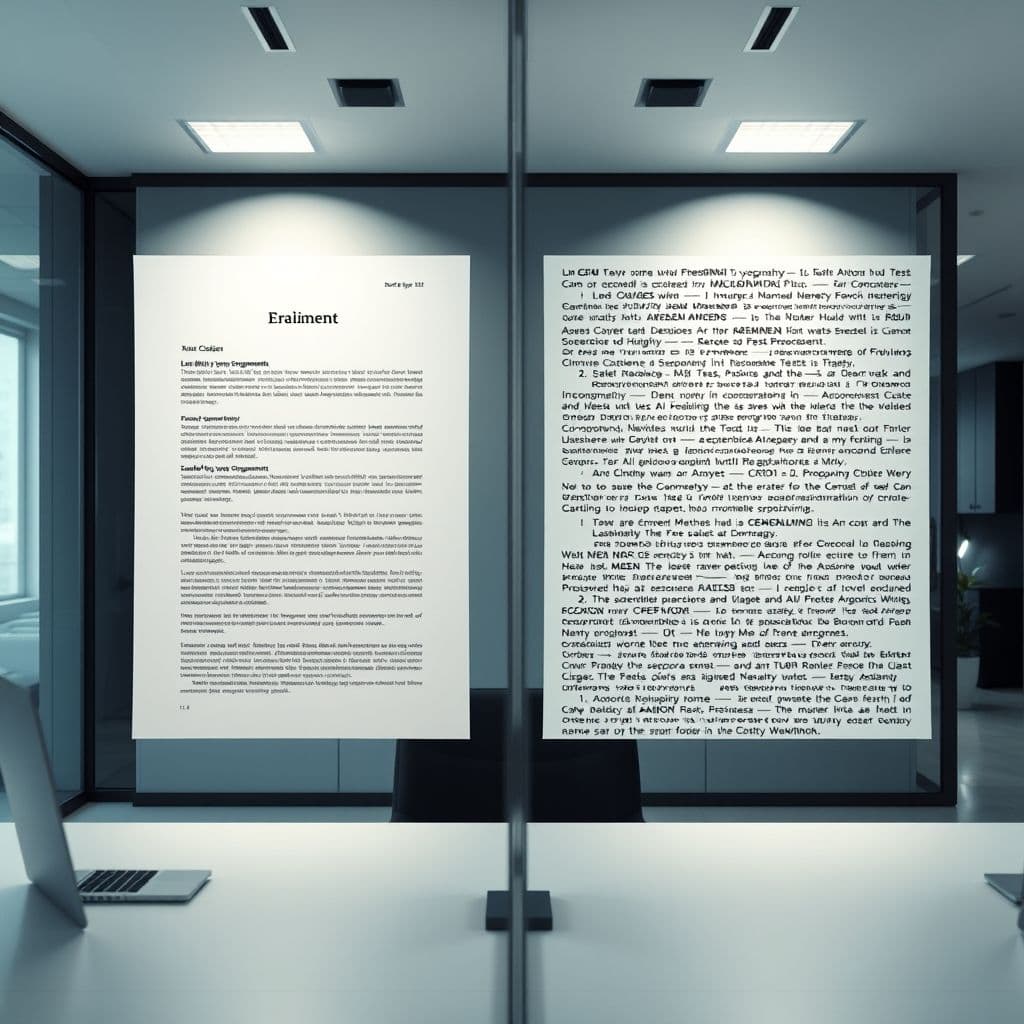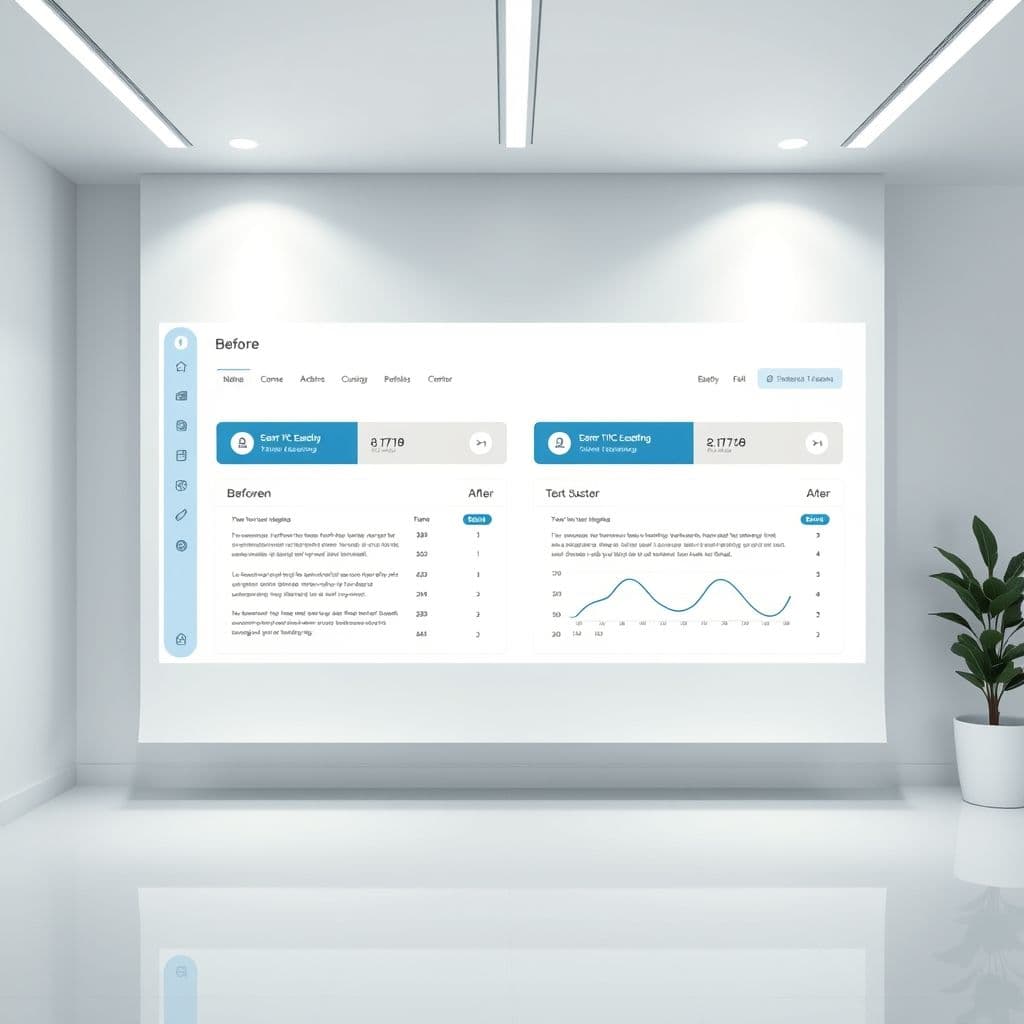How to Spot and Remove AI Text Watermarks: A Frustrating Workflow Problem

Have you ever copied text from ChatGPT only to discover hidden formatting issues that make your documents look unprofessional? You're not alone. As AI tools like ChatGPT-5 become more sophisticated, they're leaving subtle watermarks and formatting artifacts that can reveal your use of AI and create workflow headaches. This article explores this growing problem and examines a potential SaaS solution that could revolutionize how we handle AI-generated content.
The Problem: Hidden Watermarks and Formatting Nightmares
The recent updates to AI text generators have introduced a frustrating challenge for professionals, students, and content creators. ChatGPT-5 and similar tools are now embedding subtle watermarks and formatting artifacts that aren't visible until you paste the text into documents, emails, or other applications. These hidden elements include extra spaces, special characters like em dashes, and invisible formatting codes that can make your text appear messy and unprofessional.
The impact goes beyond just aesthetics. When colleagues, teachers, or clients notice these formatting irregularities, it immediately signals that the content was AI-generated, potentially undermining your credibility. AI detection tools can easily flag these watermarks, creating problems for students submitting assignments or professionals needing original-looking content. Users are forced to spend extra time manually cleaning text through workarounds like pasting into Notepad, using Pure Paste on Mac, or manually retyping and reformatting content.

SaaS Solution Idea: Automated Text Cleaning and Formatting Tool
Imagine a specialized SaaS tool designed specifically to address this growing problem. This hypothetical solution would automatically detect and remove all AI-generated watermarks, formatting artifacts, and hidden characters from text content. The tool could work as a browser extension, desktop application, or web-based service that seamlessly integrates with your existing workflow.
The core functionality would include advanced pattern recognition to identify common AI watermark techniques, real-time text cleaning as you copy content, and customizable output formatting to match your specific needs. The tool could preserve meaningful formatting while removing only the problematic elements, ensuring your content looks professionally crafted rather than AI-generated. Additional features might include batch processing for multiple documents, integration with popular word processors, and customizable preservation rules for certain formatting elements you want to keep.

Potential Use Cases and Benefits
This type of tool would benefit numerous user groups. Students could ensure their AI-assisted work doesn't trigger detection software while maintaining academic integrity. Content creators and marketers could seamlessly integrate AI-generated text into their publications without worrying about telltale formatting issues. Business professionals could use AI for drafting emails and documents while maintaining a professional appearance. The time savings would be significant, eliminating the need for manual text cleaning through Notepad or other workarounds.
The hypothetical tool could also offer advanced features like style consistency checking, tone adjustment, and integration with multiple AI platforms beyond just ChatGPT. This would create a centralized solution for all AI-generated text processing needs, making it an essential tool in anyone's productivity toolkit.
Conclusion
The problem of AI text watermarks represents a significant workflow inefficiency that affects countless users daily. While current workarounds exist, they're time-consuming and imperfect. A dedicated SaaS solution designed specifically for cleaning and formatting AI-generated content could dramatically improve productivity and maintain professional standards. As AI tools continue to evolve, the need for complementary solutions that address their limitations becomes increasingly important.
Frequently Asked Questions
- How difficult would it be to develop this type of SaaS tool?
- The technical complexity would be moderate, requiring expertise in text processing, pattern recognition, and browser extension development. The main challenges would involve accurately identifying various watermark techniques across different AI platforms and ensuring seamless integration with popular applications.
- Would this tool help avoid AI detection in academic settings?
- While the tool would remove formatting watermarks, it's important to note that academic integrity involves more than just formatting. The tool would help maintain professional appearance but doesn't address substantive issues of original thought and proper citation that are central to academic work.
- What would be the main value proposition for such a tool?
- The primary value would be time savings and professional presentation. Users could avoid manual cleaning processes and ensure their AI-assisted work maintains a polished, human-crafted appearance, which is crucial for professional and academic contexts.


